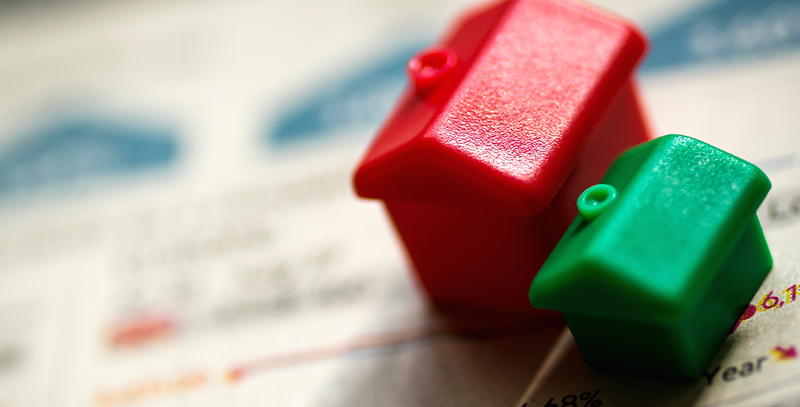Prime Rate Falls After BoC Delivers Second Emergency Rate Cut
It’s official, Canada’s prime rate will fall to 2.45% following the Bank of Canada’s emergency rate cut on Friday.
RBC once again led the way by confirming it would match the BoC’s 50-bps rate cut by dropping its prime rate to 2.45%. Scotiabank, TD, BMO and CIBC then followed in quick succession, announcing that the rate changes would come into effect on Monday.
The change will again affect all existing floating mortgage rates, as well as lines of credit and home equity lines of credit.
Those shopping for new variable-rate mortgages, however, may not find the kind of deals they would expect with such a low overnight rate.
Liquidity concerns and risk premiums have caused mortgage lenders to begin hiking their rates, as we reported recently.
After the Bank of Canada’s last 50-bps rate cut on March 16, many banks responded by lowering their prime rate by an equal amount. However, many were also reducing their discounts on prime, or in a growing number of cases started adding premiums, all but cancelling out the BoC’s rate cut.
Mortgage shoppers will have to wait and see what happens this week, but the rate hikes don’t appear to be done yet.
The Bank of Canada’s Actions to Date
Friday’s rate announcement marks the second emergency inter-meeting rate cut by the Bank of Canada. The country’s key lending rate has now fallen from 1.75% at the start of the month to its current rate of 0.25%. The last time the overnight rate fell so much in the span of a month was in 1992.
“The spread of COVID-19 is having serious consequences for Canadians and for the economy, as is the abrupt decline in world oil prices,” the BoC said in a statement.
Bank of Canada Governor Stephen Poloz“The pandemic-driven contraction has prompted decisive fiscal policy action in Canada to support individuals and businesses and to minimize any permanent damage to the structure of the economy.”
Questions as to whether the Bank of Canada may resort to negative interest rates were answered on Friday when Poloz confirmed the Bank would not drop rates into negative territory, saying “this unscheduled rate decision brings the policy rate to its effective lower bound.”
“…at 0.25%, the policy rate is now as low as it will go and will stay there for a long time,” wrote Derek Holt, VP & Head of Capital Markets Economics at Scotiabank. “We forecast no further change in the BoC overnight rate throughout 2020–21 at a minimum.”
Instead, the Bank announced a new program involving a minimum $5-billion per week in market purchases of government bonds to address “strains in the Government of Canada debt market and to enhance the effectiveness of all other actions taken so far.”
“Crucially, this is just the minimum… Governor Stephen Poloz implied that the Bank is likely to purchase a lot more in the short term to reduce market stress,” noted Stephen Brown of Capital Economics. “…this looks likely to morph into a traditional (quantitative easing) program as the Bank left the door open for it to remain in place well after market conditions improve.”
This article was written by Steve Huebl and originally published on the Canadian Mortgage Trendson March 29th 2020.




